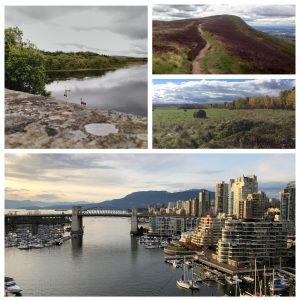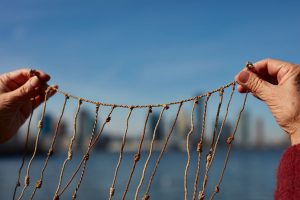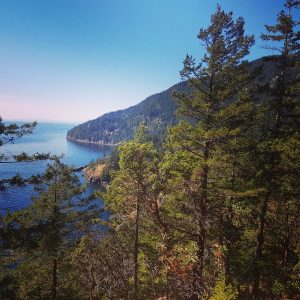In a place that is neither here nor there, a great celebration once took place. A celebration so large, it changed the world.
People came from all over to attend the celebration. People from the mountains, people from the forests, people from the lakes, people from the deserts, and people from the frozen, forgotten places of the world. There were so many people that everyone found friends, everyone had delicious things to eat, and everyone learned something new.
No one wanted the celebration to end.
In order to keep the celebration going, someone (no one remembers who), suggested a storytelling competition. Whoever could tell the best story would be crowned king or queen of the whole celebration. Everyone was eager to tell their story and win the crown.
People from the mountains told of the dwarves that lived deep below them, mining for precious stones. People from the forests told of ancient tree spirits that watched over them, and mischievous faeries that caused all sorts of trouble. People from the lakes told of water sprites and monsters, fooling unwary travelers. People of the desert told tales of their magnificent horses, so swift they seemed to fly over the seas of sand. And the people from the frozen, forgotten places told of endless snow, days as long as months, and a night sky filled with dancing colors.
Finally, there was only one small child left to tell their story. No one recognized the child, but, there were so many people that was to be expected. If one or two people got a chill when the child stepped into the firelight, it must have been the wind. No one thought this child, this story, would change the world.
The child began simply enough, telling of their home. But slowly, it became something darker. First came wariness, and trickery, and greed. Then came sadness, and hunger, and pride. Finally, came terror, and misery, and rage. When the story finally ended, even the fire seemed dim.
The people from the mountains, and the forests, and the lakes, and the deserts, and the frozen, forgotten places stood silent. They had never heard of such things. They had never wanted to hear of such things.
A grandmother, old and wrinkled and grey, finally spoke.
“Take your words back, dark child. We have no use for them here.”
But the child just giggled. For they knew that the words could never be taken back once they were in the world, and nothing would ever be the same.


